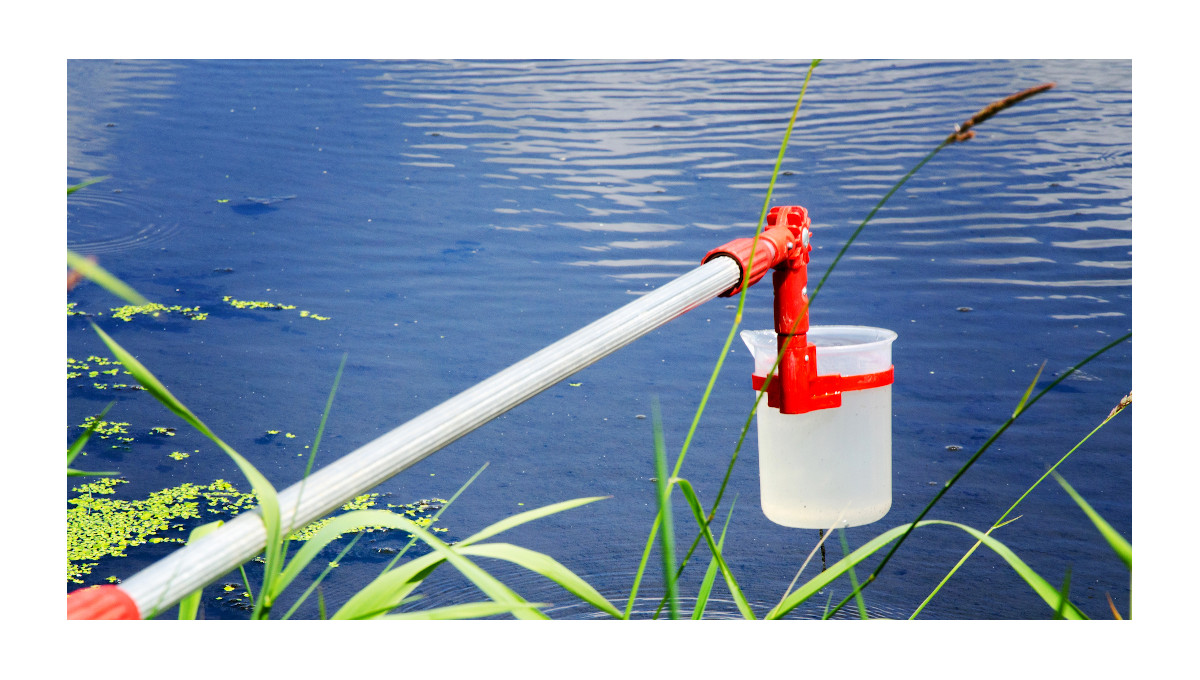
After more than a decade of discussion, the Food and Drug Administration has published a final rule for certain agricultural water used in the production of produce.
The new rule was mandated by the 2011 Food Safety Modernization Act.
The FDA says the new rule reflects science and information gleaned from several produce-related outbreaks. The rule specifically addresses potential impacts on water from adjacent and nearby land, which includes the presence of animal feedlots. Such feedlots have been implicated in outbreaks from fresh produce. However, the FDA does not have the authority to go into feedlots during investigations of foodborne illness outbreaks.
The produce industry has had ample time and opportunity to provide input into the final rule, which has been years in the making.
Although it is called the final rule on agricultural water, the rule does not address water used for harvest and post-harvest water, such as that used to wash produce before it is shipped. Such water is used heavily in the production of leafy greens, especially those that are pre-cut and used in packaged salads.
The rule only covers pre-harvest water such as that used to irrigate crops. It does not cover water used in the production of sprouts, which is covered by a separate rule in the Food Safety Modernization Act.
“(The final rule) represents an important step toward enhancing the safety of produce. The revised requirements are intended to enhance public health by improving the safety of water used in produce cultivation. The revisions are also designed to be practical across various agricultural water systems, uses, and practices, while remaining adaptable to future advancements in agricultural water quality science,” according to FDA’s announcement of the final rule.
The final rule replaces certain pre-harvest agricultural water requirements for covered produce, other than sprouts, in the 2015 produce safety rule with requirements for systems-based agricultural water assessments to determine and guide appropriate measures to minimize potential risks associated with pre-harvest agricultural water. Specifically, this rule:
- Establishes requirements for agricultural water assessments that evaluate a variety of factors that are key determinants of contamination risks associated with pre-harvest agricultural water. This includes an evaluation of the water system, water use practices, crop characteristics, environmental conditions, potential impacts on water from adjacent and nearby land, and other relevant factors.
- Includes testing pre-harvest agricultural water as part of an assessment in certain circumstances.
- Requires farms to implement effective mitigation measures within specific timeframes based on findings from their assessments. Hazards related to certain activities associated with adjacent and nearby land uses are subject to expedited mitigation.
- Adds new options for mitigation measures, providing farms with additional flexibility in responding to findings from their pre-harvest agricultural water assessments.
Under the new rule, farms are required to conduct assessments of their pre-harvest agricultural water once a year, and whenever a significant change occurs, to identify any conditions likely to introduce known or reasonably foreseeable hazards into or onto covered produce or food contact surfaces.
Farming operations have a long time to implement changes necessary to meet the requirements of the new rule. Compliance dates for the rule are as follows:
- For very small farms: 2 years, 9 months after the effective date of the final rule;
- For small farms: 1 year, 9 months after the effective date of the final rule; and
- For all other farms: 9 months after the effective date of the final rule
Even though industry has been provided with the opportunity to give input into the writing of the rule, the FDA says it is “committed to taking an ‘educate before and while we regulate’ approach to supporting compliance.”
Along with the rule, the FDA also released a number of fact sheets, including one that provides an overview of agriculture water assessments and mitigation measures, and another that offers more details on factors for conducting these assessments.
(To sign up for a free subscription to Food Safety News,click here)